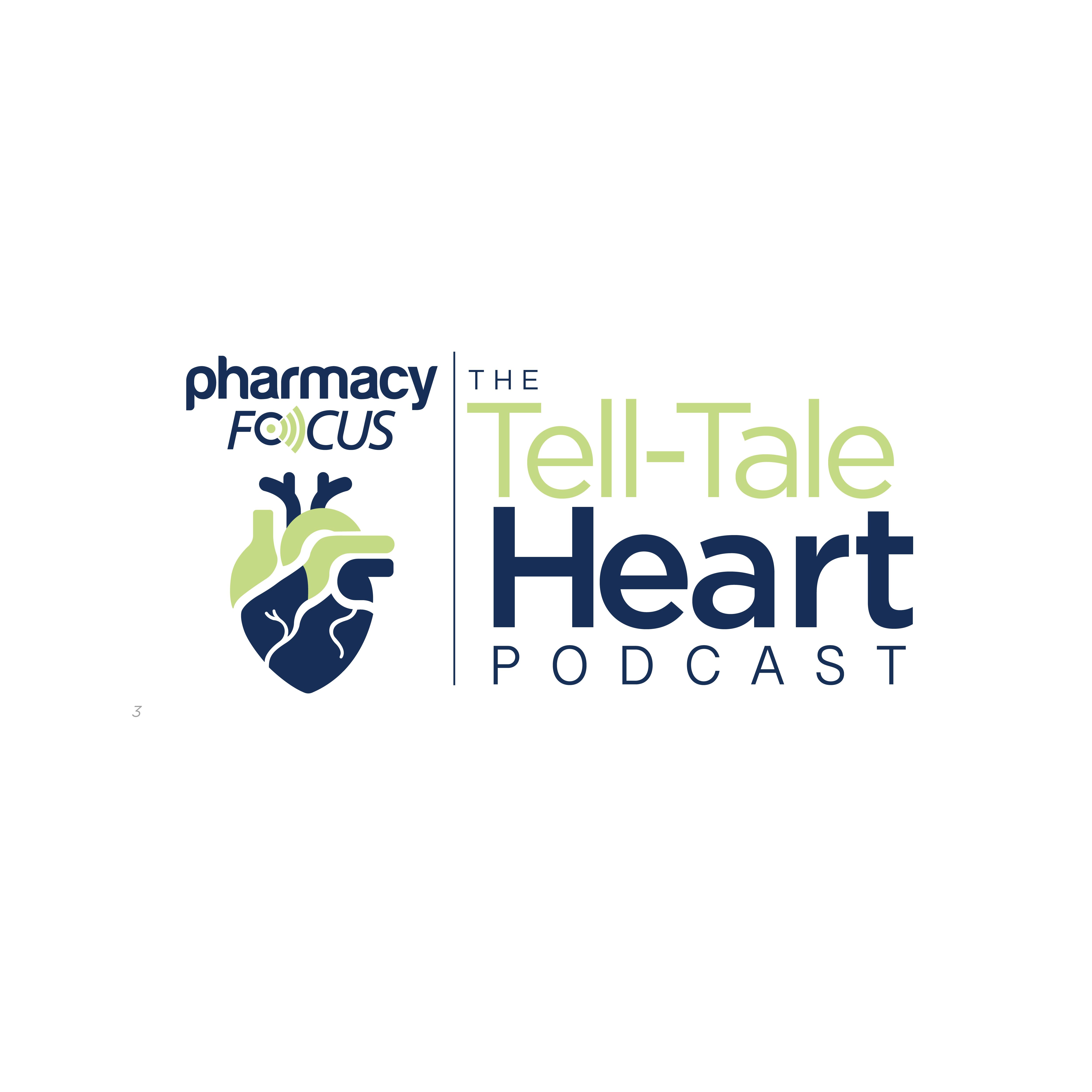News
Article
Impact of RSV and hRV Coinfection on Respiratory Disease Severity
Author(s):
Key Takeaways
- RSV-only infections showed more severe respiratory symptoms and a higher need for respiratory support compared to hRV-only infections.
- Coinfections with RSV and hRV were associated with a higher prevalence of lower respiratory tract infections than single infections.
Coinfection with RSV and hRV is linked to a higher prevalence of lower respiratory tract infections, according to new data.
Viral respiratory coinfections present a significant global public health challenge, leading to interactions between viruses that could exacerbate diseases, mitigate their effects, or have a neutral impact on viral replication.1 To further understand interactions between these different pathogens, researchers created a cohort study assessing respiratory syncytial virus (RSV) and human rhinovirus (hRV) coinfections.2
Image credit: Sukjai Photo | stock.adobe.com

According to the CDC, RSV typically presents as mild, cold-like symptoms but can cause severe outcomes among high-risk individuals, including infants younger than 6 months old. RSV is difficult to distinguish from the common cold or other respiratory viruses due to similar symptoms and outbreak seasons.3
Rhinoviruses are the most frequent cause of the common cold, which commonly presents either mild symptoms or none at all. However, individuals with a weakened immune system or who have an underlying medical condition could face severe illness.4
Around 10% to 20% of all respiratory infections include multiple coinfections. Despite this, the impact of respiratory viral coinfection on disease severity and patient outcomes remains unclear.1
Previous research demonstrated that the most common coinfecting viruses among hospitalized individuals with RSV prior to the pandemic were hRV (9.3%) and influenza (4.9%). RSV and hRV coinfection remained frequent during the pandemic at 10.8%, along with human bocavirus at 10.8%. Additionally, RSV coinfection with hRV and COVID-19 was identified post-pandemic at rates of 9.1% and 9.7%, respectively. The study authors noted that the frequent co-detection is likely due to their overlapping seasonal peaks, especially during the winter months.2
The current cohort study included 596 individuals infected with hRV only, 276 individuals infected with RSV only, and 37 individuals coinfected with RSV and hRV. The median patient ages were 44 months, 4 months, and 6 months, respectively.2
Initial results demonstrated that respiratory symptoms like crackles, wheezing, and decreased oxygen saturation were most common in RSV-only infections, followed by RSV-hRV coinfections, and least common in hRV-only infections (P<0.001). Bronchiolitis was unique to RSV infections, occurring in 10.9% of cases. However, lower respiratory tract infections were most frequent in coinfected patients (89.2%), then RSV-only (80.1%), and hRV-only infections (52.9%, P<0.001).2
Additional findings demonstrated that the need for respiratory support was highest in RSV-only infections (71%), followed by RSV-hRV coinfections (56.8%), and lowest in hRV-only infections (27.5%, P<0.001).2
While no deaths occurred in coinfected patients, mortality was observed in 1.1% of RSV-only infections and 0.8% of hRV-only cases. The study authors noted that multivariate analysis found neurological and oncologic comorbidities, along with elevated C-reactive protein, predicted the need for respiratory support. However, the initially observed increased risk in RSV-only and coinfected patients was not confirmed in this model.2
RSV-only infections were associated with more severe respiratory symptoms and a higher need for respiratory support, while coinfection with hRV was linked to a higher prevalence of lower respiratory tract infections. The findings suggest potential synergistic interactions between RSV and hRV, where coinfection leads to different clinical outcomes compared to single infections.2






